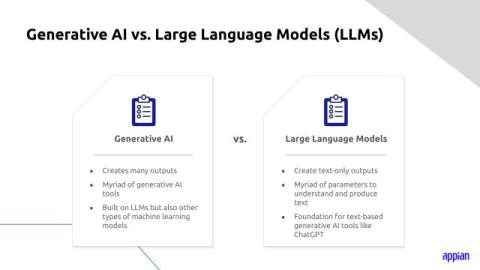Using AI in Insurance Underwriting for Accelerated Time-to-Value
For insurance companies, balancing customer expectations with the rigorous requirements necessary to mitigate risks poses a challenge. Especially when you’re using manual underwriting processes. By turning to artificial intelligence (AI) in insurance underwriting, you avoid costly delays, streamline your employees’ processes, improve accuracy, and create an optimal customer experience. In this blog post, you’ll learn how AI facilitates greater efficiency in underwriting.









